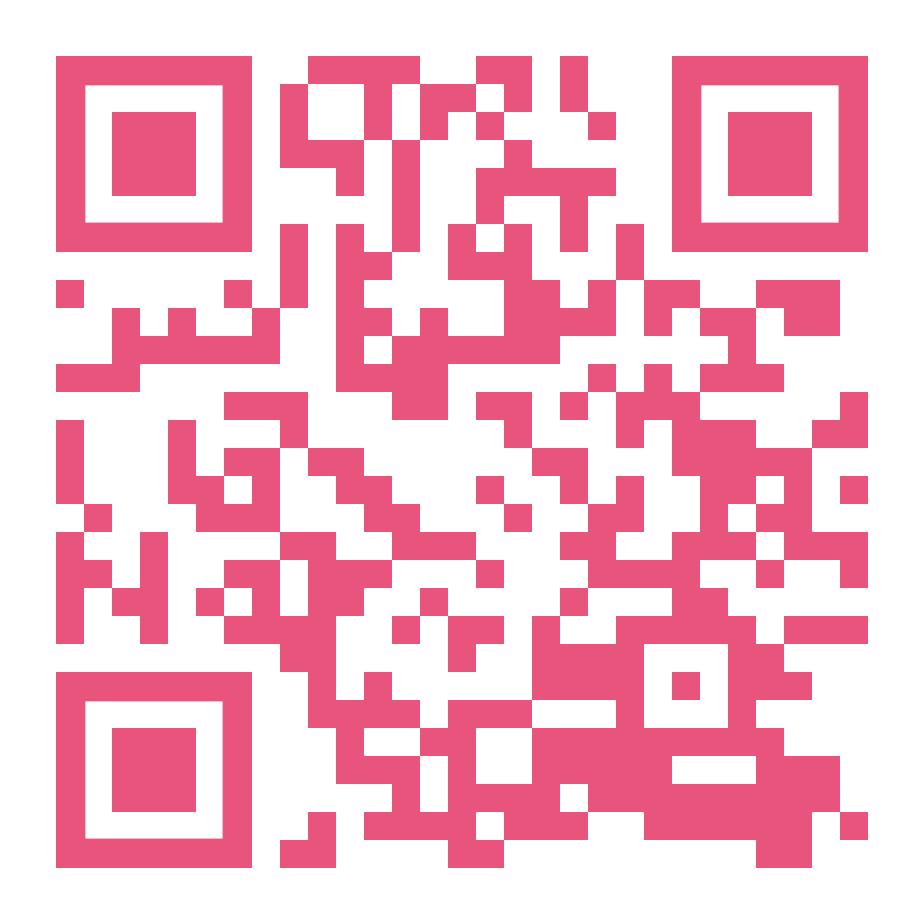Estire lo posible: ideación encarnada durante una pandemia con BeWeDō
Resumen
Desde 2016 he estado aplicando el "marco BeWeDō®" como un nuevo método dentro de la amplia rúbrica del Design Thinking. La investigación de diseño orientada a la práctica está inspirada en el arte marcial japonés de Aikidō y, literalmente, crea un espacio para que las personas se muevan, física, mental y socialmente, para explorar un tema y luego dar los primeros pasos para llevar la conversación a la acción con ideas incorporadas. Para estructurar las posibilidades co-creativas de la ideación encarnada, BeWeDō adapta el ejercicio de movimiento de Aikidō “tai no henko” para que las personas trabajen en parejas conectándose entre sí por la muñeca y muevan sus cuerpos (comunicándose tanto en el plano físico como mentalA través de sentir el movimiento de su pareja) en posiciones más deseables. El enfoque involucra técnicas de armonía, donde la comunicación como actividad cooperativa trasciende al individuo; más bien, es una capacidad colectiva generada en las relaciones e interacciones entre las personas. Cuando ofreces tu mano y tu pareja te toca la muñeca usando tai no henko, es uno de los aspectos más efectivos de la práctica BeWeDō, ya que brinda una experiencia multisensorial convincente sobre cómo las personas pueden conectarse dinámicamente y co-crear posibilidades con movimiento. La conexión a través del movimiento y el toque físico ligero y no intrusivo amplifica la comunicación de ideas, facilita la confianza y crea vínculos entre las personas. BeWeDō había obtenido reconocimiento internacional hasta que la pandemia del COVID-19 puso al mundo patas arriba en enero de 2020 y, de repente, el "contacto humano" podía poner en peligro la salud de otra persona. El COVID-19 borró la línea entre los espacios físicos y virtuales para siempre. Si bien las interfaces de videollamadas como Zoom han permitido que las personas se conecten positivamente y fomenten un sentido de unión durante la pandemia de formas que hubieran sido imposibles hace solo unos años, la desventaja es que la experiencia actual también puede tener un impacto negativo en la atención, colaboración y creatividad. ¿Cómo podríamos seguir ofreciendo a las personas una experiencia física psicológicamente segura, como un proceso orientado a la práctica para estructurar la ideación encarnada? En respuesta a la pandemia, he utilizado un enfoque de etnografía visual para conectar mis experiencias prácticas de campo, personales y participativas. La investigación empleó todos mis sentidos para crear, realizar y representar el conocimiento como parte del proceso de reflexión crítica sobre cómo la experiencia BeWeDō existente podría evolucionar y navegar por la interdependencia sensual del cuerpo, la mente y el entorno en un contexto pandémico. El estudio confirmó que el enfoque BeWeDō podría adaptarse rápidamente para ofrecer: (1) prácticas "sin contacto" y (2) "socialmente distanciadas". Además, uno de los hallazgos más importantes que surgen de este estudio es el desarrollo de una práctica experimental "virtual" (3) lanzada durante la conferencia DRS2020. Virtual BeWeDō es un prototipo de interfaz gestual y basada en el movimiento que coordina el movimiento virtual dinámico utilizando el enfoque BeWeDō como catalizador para hacer conexiones: una respuesta transdisciplinaria única que permite a las personas mantener, avanzar y generar colaboraciones digitales continuas ahora y después pandemia.

Derechos de autor 2021 Mark Bradford

Esta obra está bajo licencia internacional Creative Commons Reconocimiento 4.0.
